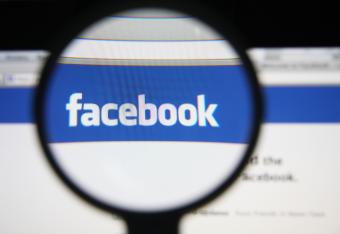
Knowing how to use linkedin can be one of the most valuable parts of your online business presence. LinkedIn was of the first social media sites specifically targeting professionals (as opposed to MySpace's teen demographic and FaceBook's college focus). However, the methods used on LinkedIn are a bit different from other social networking sites, precisely because of that business focus.
How to Use LinkedIn Effectively
There is a bit of an art to setting up LinkedIn in a way that will be the most beneficial to you. Creating your profile, importing contacts, and then maintaining your network are all important factors involved in making this site work for you.
Your Profile
The profile on LinkedIn is more than just a resume - it is a search-engine-optimized beacon for other professional contacts to find you. Simply put, the more information you include on your profile, the more likely it is that business contacts looking for your skills will find you.
The basic information on a profile includes:
- Current employment information - this includes a "What are you working on now?" and is a good place to include keywords that will catch potential employers' eyes, such as "social media consultant".
- Past employers - this is useful both for people to get an idea of your experience, as well as a way for fellow employees of these companies to find you. It's a combination of job history and social networking tool.
- Education - aside from being a credential, this is a good way for fellow alumni to find you.
- Recommended - these are contacts who will recommend you. It is like references, only with a bit more of a personal touch. The more recommendations you have, the better, but when you start out your profile, you won't have any. The fastest way to get recommendations is to find someone else on LinkedIn that you've worked with and give them a recommendation.
- Connections - this is the number of direct contacts you have, and will increase as time goes on.
- Websites - if you have a personal website, or showcase of prior work, this is the place to put it. However, this is not the place to put personal, social-based blogs], such as LiveJournal.
Remember that your profile on LinkedIn is a professional online reflection of yourself. While it is possible to put up many different aspects of your life, be sure to treat this as a professional business environment, and post accordingly.
Other areas of your profile, such as the "summary" of yourself, are the places to put in keywords of programs or tools that you have some expertise in, as well as other skills such as "project management" or "actuarial expertise" that may be used as search terms for potential business contacts.
Developing Your Contacts
One of the key differences in how to use linkedin effectively, as opposed to most social media sites, is the way contacts are made. You can't simply "cold call" a contact. Instead, you start with people you know directly, through work projects and organizations. In fact, the way that you know people is listed in your contacts, and you can both talk about your experience working with each other.
It is important to start your contact list with only those people you know directly. Part of the value of LinkedIn is the word-of-mouth authenticity that people can rely on as they use the site. Going in and simply trying to add hundreds of friends and contacts, a technique often used on MySpace, will decrease the effectiveness of your professional development on LinkedIn.
Maintaining and Growing Your Network
To expand your network of contacts, you can ask for "introductions" to new people. As these introductions are passed around, the number of direct connections increases. As more and more people become aware of what you've worked on, and what you are currently working on, the idea is that business opportunities will come your way. People will be more likely to hire you, because of the personal connection they've established with you through the list of personal contacts.LinkedIn has millions of users, and thousands of business connections have been made and developed by people who have used its social media tools effectively. As a tool for professional development, it is a powerful and exciting part of the Web 2.0 world.







